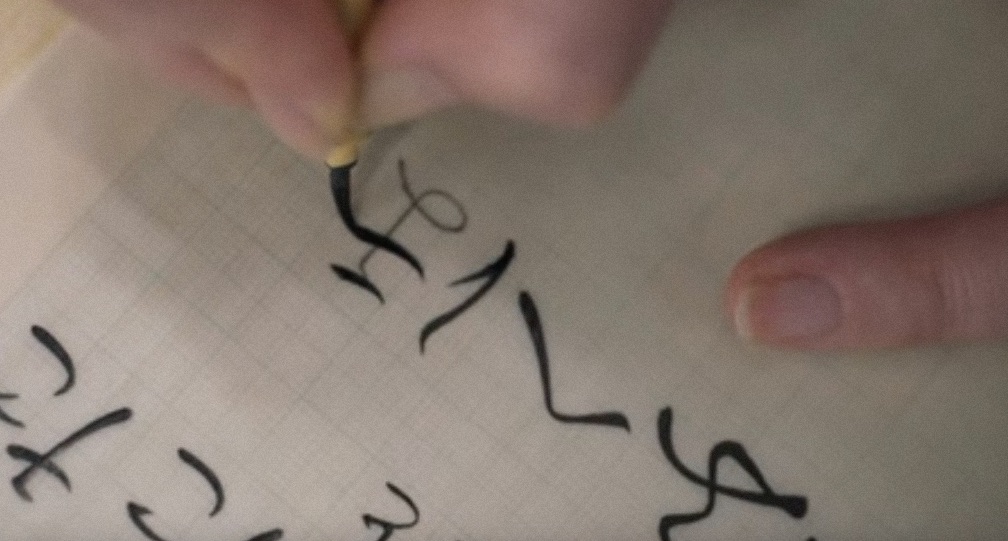YI NING WONG WRITES — Google and Adobe recently launched a unified font, Noto Serif CJK, which provides support for simplified and traditional Chinese, Japanese and Korean. The new font supports four different regional writing styles by automatically adjusting each character according to the keyboard language.
This laborious creation requires individual designs for 65,353 glyphs in all seven font weights, totaling to 458,745 glyphs. Also, tackling font creation for complex written languages like Chinese means larger file sizes and advanced web font rendering.

Google’s decision to embark on this feat is no surprise. It has always had an international consumer base, with more than a billion Chinese, Japanese and Korean users around the world. However, most of Google’s revenue comes from their advertising service Google Adwords, which excludes a substantial market audience in East Asia where search engines such as Baidu and Naver dominate.
Google’s research with the Singapore investment company Temasek revealed that there will be a internet, investor and tech market in Southeast Asia worth $200 billion by 2025. Thus, Google has a good reason to find innovative ways to increase their involvement in the region.
To create Noto Serif CJK, Google partnered with Sandoll Communications, Iwata Corporation and Changzhou SinoType–all well renowned font production companies in East Asia. Their hope being that these partnerships will boost their presence in the East Asian market.
However, Google’s globalization through fonts represents more than just a strategy to boost rapport and profits. The project also fulfills a distinct purpose: Showing East Asia that Google respects different countries’ cultural differences. Google’s careful attention to regional writing conventions expresses the rich and complex nature of Chinese, Japanese and Korean; taking into account that each country has their own writing system with its own traditions and technicalities.
This project has reiterated an important model for future investments in East Asia – a collaboration that builds upon mutual respect in all arenas and builds cultural awareness.

